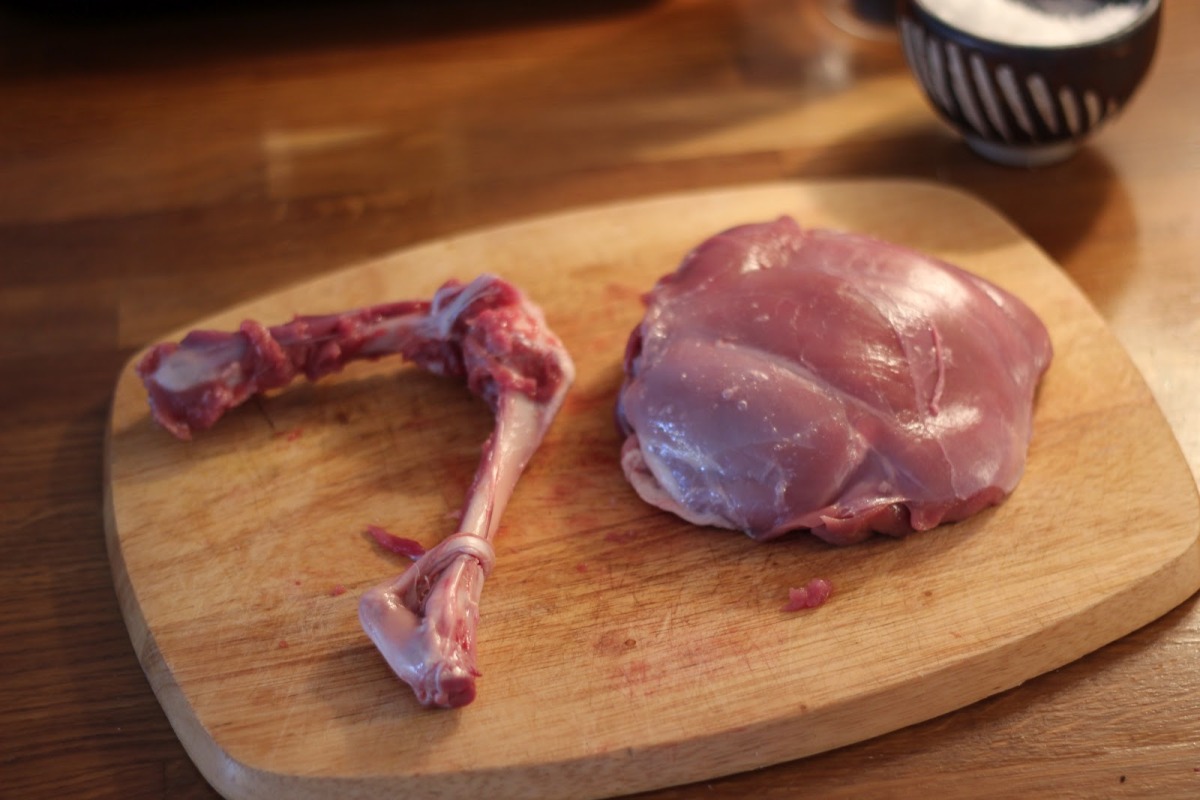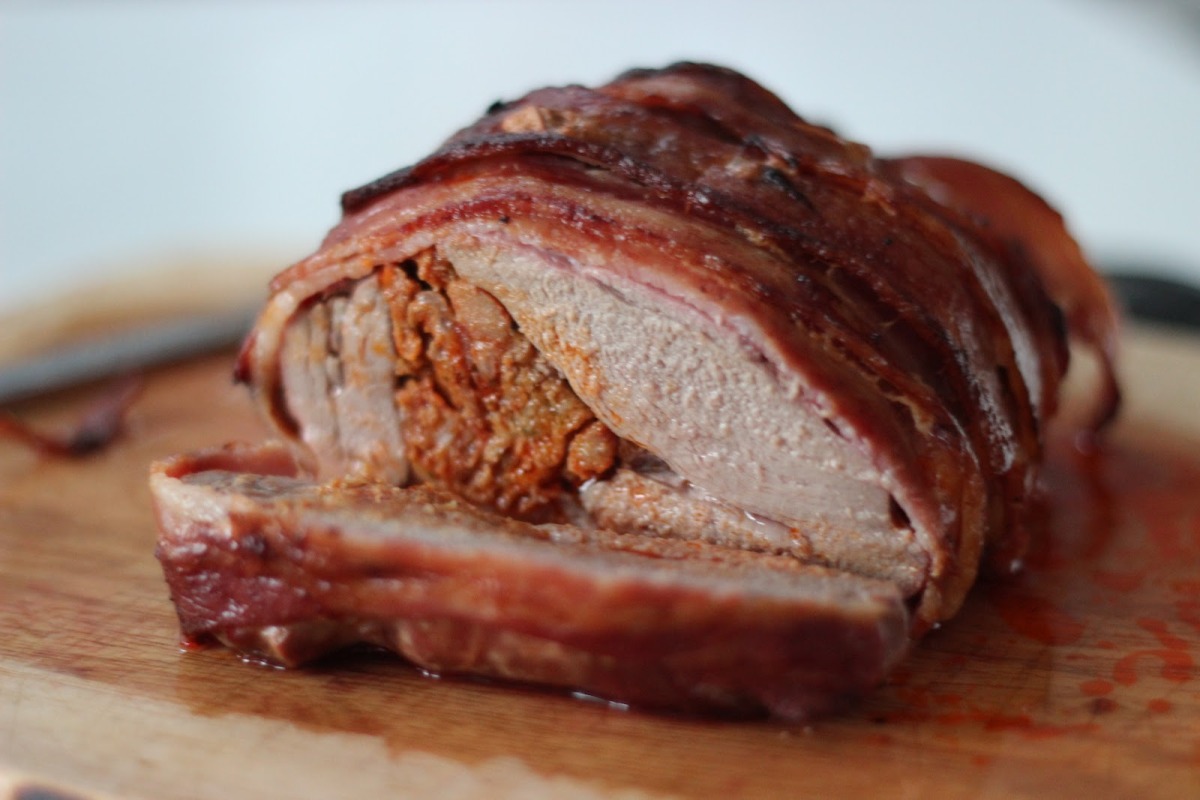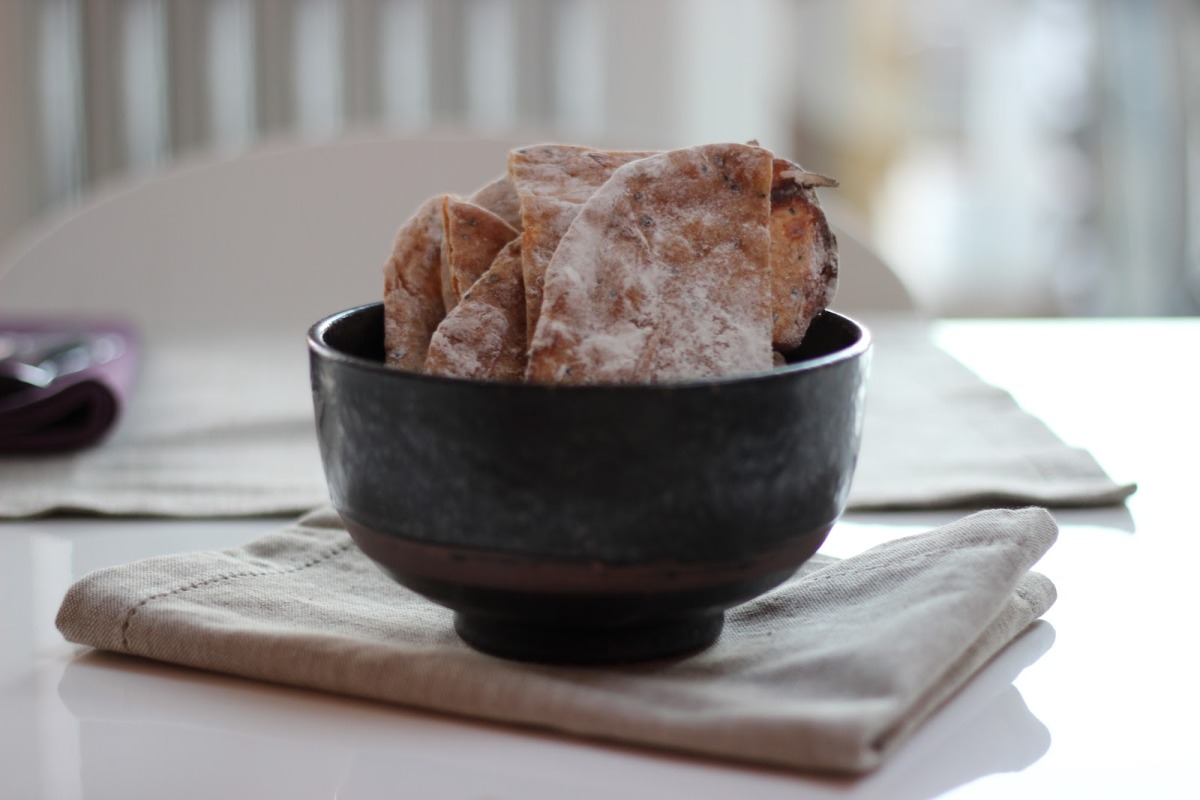RIGHT PLACE, RIGHT TIME.
On Saturday following an excellent lunch at the Mark Addy, a riverside pub in Manchester that really is gastro, my friend Jon introduced me to the exec head chef Rob Brown. A lovely man who looks like he’d be entirely at home in a medieval banquet.
Rob’s menu is a celebration of classic English cookery and some of the best and most interesting dishes that have come out of our little island. The beauty is that whilst the menu has stayed true to these roots, he’s given them just enough flair and finesse to really stand out and make them taste contemporary. It’s a great balance he’s managed to strike.
It was after our lunch and drinks whilst chatting to Rob that Jon was given the gift of two beautiful legs of venison (what a gift, better than shoes in my book) and on leaving Rob to get back to service as we headed off in search of sunshine and beers, Jon said I could have one of the legs. My manners kicked in and I politely declined – the gift was for him not for me, but he insisted on sharing the food karma (plus I wasn’t crazy enough to say no twice) and they looked like they’d easily feed two a piece.
If it were chilly outside I’d have been inclined to have braised it, but today the super lean leg was begging for something lighter, and it was the piquant Spanish cooking chorizos in my fridge that started this recipe coming together in my head. Tunnel boning the meat (as Rob had suggested we do to make it less fiddly to eat) ready for quickly roasting it would create a large cavity in the centre of the flesh, and I could pack this out with a chorizo sausage and sausage meat mix, keeping it moist and fatty on the inside whilst flavouring it deliciously.
Then wrapping the stuffed leg completely in fatty smoked streaky would protect the outer meat, and by doing the majority of the cooking covered in the oven with a splash of wine in the bottom of the roasting pan and a little basting, the meat would be sure to be tender and delicious. And indeed it was, soft and moist, with the gentle gaminess complimented by the piquant chorizo.
A mixture of firm butter beans and cannelini beans cooked gently in a little pasatta, paprika, fresh tomatoes and lots of lemon juice before being finished with spinach made the perfect fresh and light accompaniment (once the roasting pan juices had been added that is), and we chose to mop up the extra juices with some homemade black onion seed flatbreads leftover from yesterday. Bliss. Thank you Rob and Jon – for Monday’s supper I am incredibly grateful.
For two
- 1 venison leg, tunnel boned (Jon found this demo on Youtube for how to do this, based on doing it on a lambs leg – it takes around 10 minutes and you’ll need a sharp and slender knife)
- The venison bone, hacked into 3 pieces
- 2 cooking chorizo, peeled (my cooking chorizo are the same length as a traditional sausage)
- The same amount of high quality sausage meat
- 12 rashers smoked streaky bacon
- 3 tsp of my Spanish Blend, or:
- 3 tsp smoked paprika
- Juice of 1.5 lemons
- 2 large glasses white wine
- 2 red onion – 1 peeled and quartered, the other peeled and finely sliced
- 1 clove of garlic, minced
- 1 can of butter beans, rinsed and drained
- 1 can of canellini beans, rinsed and drained
- 1 bag spinach, washed
- 300mls pasatta
- Black pepper
- Olive oil
- A little unsalted butter
Method
- Preheat your oven to 220°C, you’ll want an oven thermometer and a meat thermometer for this.
- Take the sausage meat and chorizo and blend until combined in a food processor. Take the mixture and fill the cavity with it – it will pop out the top and bottom but get it in as best you can, the bacon will secure it so it doesn’t come out.
- Take your rashers of bacon and wrap them tightly around the leg, slightly overlapping one another, do this with the leg in one position and the bacon wrapping over it to the underside as far as it will go, once that size is all covered carefully turn it over and then use the remaining rashers to lay the other way and cover the last remaining exposed venison. Turn it back over so the leg is inside down.
- Into a roasting pan place the quartered onion and venison bones. Give a little drizzle of olive oil and roast for 20 minutes, shaking occasionally so they brown all over.
- Remove the tin from the oven once the bones are browning and the onion also, and add one of the glasses of white wine, put back in the oven for 5 to 7 minutes until the wine starts bubbling.
- Once bubbling remove the pan from the oven and place the venison carefully into it. Put the lid on the pan or wrap it carefully with foil, and place into the oven for 10 minutes.
- Whilst it’s cooking, in a large frying or sauté pan bring some cooking olive oil and a knob of butter to temperature on a medium heat, once there add the sliced onion and cook stirring occasionally.
- After 10 minutes in the oven take the venison out, baste with the pan juices, recover and put back into the oven for 10 minutes.
- Add the garlic to the onion pan and stir for a minute, then add the tomatoes and paprika, cooking for a further few minutes.
- Now add the pasatta and wine and turn onto a lowish heat and cover.
- After that second ten minutes remove the venison from the oven again and baste, then put back into the oven without a cover. This next bit may take 10 minutes or it may take 15, you’ll need to check by using your meat thermomitor. Ours took 15 (so 35 cooking in total) and that took the venison to a temperature of 160°F – which meant the meat was medium cooked, soft and tender.
- Whilst the venison is in for its last 15 minutes, add the beans to the pan along with the lemon juice, recover and leave on a low heat to heat through.
- Remove the venison from the oven and place it onto a chopping board to rest for 7 minutes.
- Whilst that last 7 minutes rest time is happening, add the washed spinach to the pan along with the pan juices and recover, once it begins wilting gently turn it over, and when its still a bright green but has reduced its volume by about half you can taste for seasoning (the pan juices will add much needed salt from the smokey bacon, so don’t salt until these have gone in) turn the heat off and leave the lid on – it will continue to cook through from the residual heat.
- Before carving add the meat juices from the board to the bean stew. Serve a few slices each on the plate and the bean stew on the table and help yourselves.




